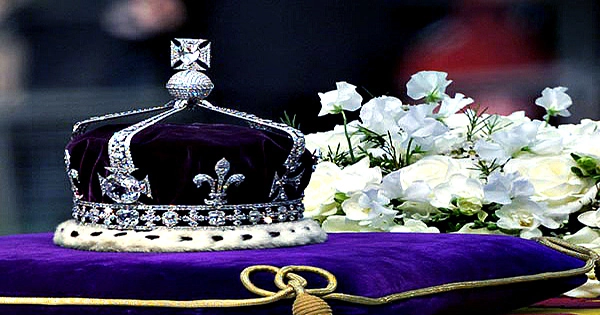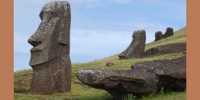After Queen Elizabeth II’s passing, the Koh-i-Noor, the biggest diamond in the world, has continued to generate debate. This egg-shaped diamond is unquestionably gorgeous and unmatched in rarity, but in the eyes of some, it has also evolved into a poignant emblem of slaughter, stolen history, and the atrocities of colonialism.
Only 2,800 additional lesser diamonds surround the 105.6-carat diamond that is currently set in the middle of Queen Elizabeth the Queen Mother’s crown. This crown was made for Queen Elizabeth II’s mother’s coronation in 1937, together with her husband King George VI.
It was not the crown that rested on top of Queen Elizabeth II’s casket on Monday and was never worn by her (at least not in public). However, Queen Elizabeth II owned it because it was a piece of the British Crown Jewels.
The ownership of the Koh-i-Noor has once again been a topic of discussion since her passing earlier this month. Queen Consort Camilla is set to wear the Queen Mother’s crown, which also includes the enormous diamond, at her husband King Charles III’s coronation.
However, not everyone considers this to be just. Over time, the Taliban in Afghanistan, Pakistan, and even India have all asserted ownership of the diamond. Numerous residents of the Indian subcontinent have started calling for the restoration of the diamond to its original country since the Queen’s departure.
The Koh-i-History Noor’s: Although the Koh-i-origins Noor’s are shrouded in mystery and lore, we do know that it was probably first discovered somewhere in what is now India. Although it has never been confirmed, some claim the diamond is mentioned in Mesopotamian and Sanskrit scriptures as early as 3200 BCE.
Hindu tradition also holds that even the gods were astounded by its beauty. “Only God or a woman may wear it with impunity,” the story goes. It is stated that any man who wears it would have bad luck for the rest of his life.
By 1304, the diamond was in the possession of Alauddin Khalji, the monarch of the Khalji dynasty that ruled the Delhi Sultanate in the Indian subcontinent, according to the majority of academics. It is claimed that he acquired it during his raids of the southern Indian kingdoms years before.
The Mughal Empire in India under Shah Jahan is the diamond’s earliest known provenance. Early 17th-century accounts claim that this emperor ordered the “Peacock Throne,” which was embellished with various valuable stones, including the Koh-i-Noor.
The army of Iranian Emperor Nader Shah invaded Northern India in the 1730s. It was alleged that Nader Shah pillaged much of the Mughal Empire’s wealth, including the Koh-i-Noor and the royal Peacock Throne. He is credited with giving the diamond its Persian name, Koh-i-Noor, which translates to “Mountain of Light.”
Years after Nader Shah’s demise and the fall of his empire, his grandson gave the diamond to Ahmad Shah Durrani, the man who would build the Afghan Empire, in an effort to win his allegiance. When Shuja Shah Durrani, his grandson, fled to India and became a wanted man, he was compelled to give the stone to Ranjit Singh, a Sikh monarch.
It is said that the Koh-i-Noor was fastened on his biceps during this time as a flashy charm.
The Second Anglo-Sikh War was won by the British East India Company in 1849, and as a result, the kingdom of Punjab and the large diamond came under British rule. It was delivered to Queen Victoria at Buckingham Palace in 1850 after a perilous journey.
Since then, it has been under the control of the British monarchy. You will need to travel to the Tower of London, where the jeweled crown is displayed behind glass, and shell out about £30 in entrance if you want to see it for yourself.
We are currently in a post-colonial era. Many of Britain’s former colonies received their independence after World War II ended, as have other European nations. The Koh-i-Noor serves as a sad reminder of the British Empire’s legacy for many people. However, the British Empire’s aftereffects are still felt today.













